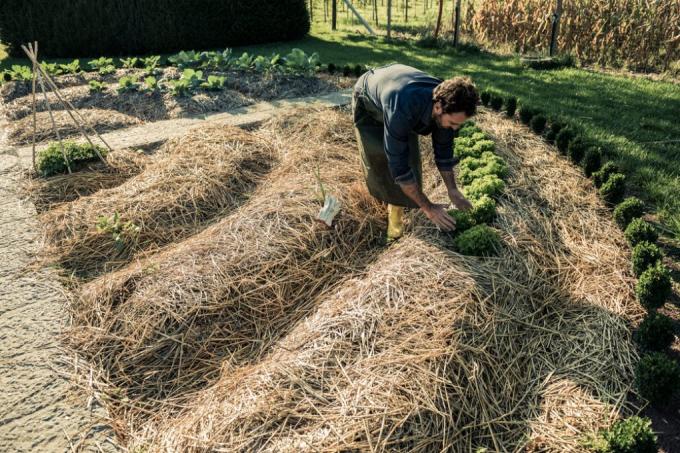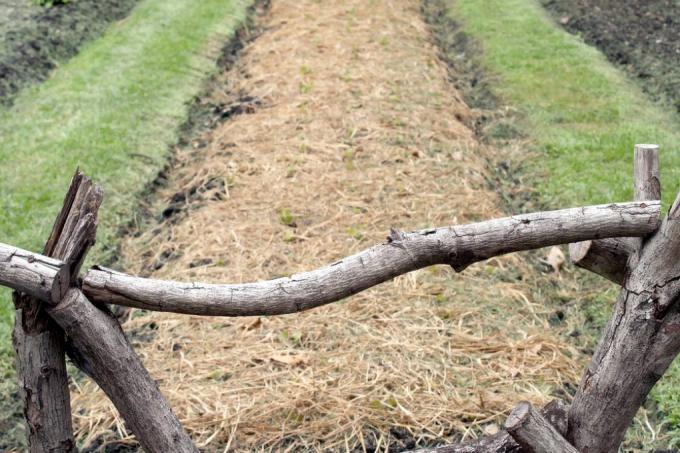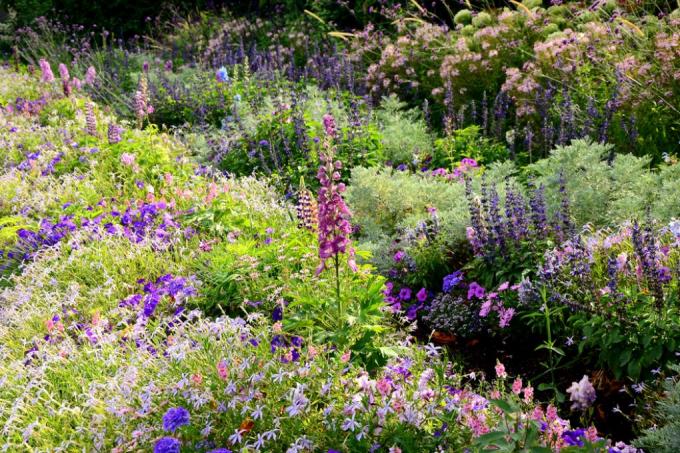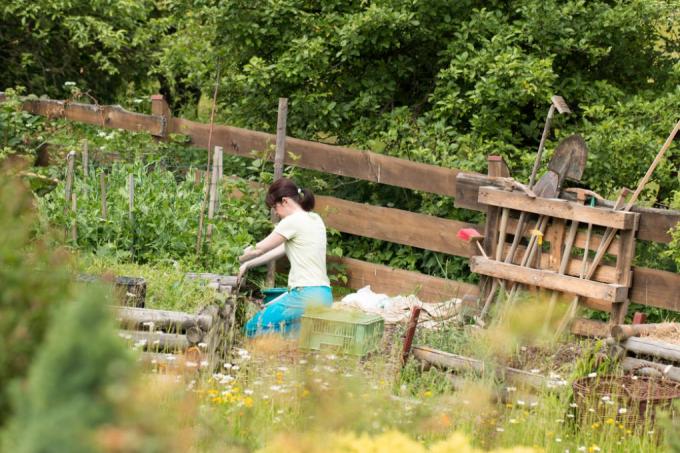What is a hill bed?
Unlike raised beds, which consist of a box filled with substrate, hill beds are raised towards the middle. The layering of organic materials also creates a very favorable growth climate in this type of bed, which can noticeably increase yields.
also read
Since there is no special bed edging needed, you can easily create a hill bed and integrate it into any vegetable garden without any conversion work.
The advantages of a hill bed
As with a raised bed, the individual layers of the hill bed consist of organic materials. This offers various advantages:
- The layers degrade over time, releasing heat at the core of the bed.
- Spring plantings are therefore possible two to three weeks earlier than on a conventional vegetable bed.
- In autumn, too, the cultivation period is extended by at least a month.
- Since the humus-rich substrate remains loose during rotting, no waterlogging can form.
- The wind can gently but freely blow through the offset plants and the green dries faster. This is why significantly fewer fungal diseases occur on hill beds.
The disadvantages of a hill bed
- As the organic layers rot after about six years, the bed will collapse over time and you will have to rebuild it.
- Because mound beds have no edging, parts of the soil can be washed away during heavy downpours.
- By increasing the area, you have to water more frequently in summer temperatures.
How is a hill bed created?
First you should choose a suitable place and mark it with wooden stakes. Then the sod and the topsoil excavated about 25 centimeters deep. To protect against rodents, lay out fine-mesh wire in the pit.
The Mound bed is made up of five layers:
- The bottom layer is 40 centimeters thick and consists of chopped branches and twigs.
- The next layer is formed by the cut-off lawn probes, which are placed on the chopped material with the grass layer facing down.
- Then about eight inches of damp leaves, straw or garden waste are put on top.
- This is followed by a 15 centimeter thick layer of young, rotted compost. Alternatively, you can also use stable manure.
- On top of that, add about 20 centimeters of topsoil mixed with some mature soil compost soil.
Finally, create a watering trough at the apex of the bed.
What must be considered when planting?
Basically, all vegetable and ornamental plants thrive on the hill bed. However, you must note that not all parts of the bed are evenly lit by the sun and the vegetable plants are arranged accordingly.
In general, you should use plants that have been brought forward, since seeds can be washed off the sloping surfaces by rain.
Tip
In the first year, the hill bed still provides a lot of nutrients and should be planted with heavy feeders. This is followed by two to three years in which the medium eaters feel comfortable. The weak feeders are cultivated until the bed collapses after about six years. In this way, several gradually created hill beds ensure a meaningful crop rotation.








